When deciding on the ideal bathroom wall tiles design and color, there are a number of factors to take into consideration. You could also use subway tiles for a more traditional aesthetic, play around with surprising forms like hexagons, or decorate your bathroom with numerous graphic patterns. There is a huge variety of alternatives.
In the bathroom, white tiles are almost certainly the option that is chosen the most frequently. The white tint makes the inside feel more open and airier. It imparts a sense of order as well as a feeling of lightness. When combined with a glossy glaze, it creates mirror reflections that make the room appear far larger than it actually is.
There has always been, there still is, and there probably will continue to be a preference for white tiles in the bathroom.

Bathroom wall tiles
Have you ever wondered why people pick tiles for bathroom remodeling over other materials? The explanation is that bathroom wall and floor tiles provide a number of benefits that other forms of flooring do not. Bathroom tiles are a classy and sensible choice. They work well in both hot and cold situations on floors, tables, walls, and even in toilets.
Tiles and radiant heating work better together to retain heat than other types of construction. Radiant heating techniques may be used to polish stone surfaces, making them cool in the summer and warm in the winter. In general, tiles carry heat better than flooring and laminates. In addition, different kinds of materials experience cracking and degradation over time as a result of heat cycle-related expansion and contraction. Stone and ceramic tiles don’t have this issue, making them perfect for radiant heating.
Making tiles for your bathroom is a robust and long-lasting decision. Tiles will endure a long time since they are made of a highly durable substance. Ceramic tiles should last over 75 years and stone tiles over 100 years if kept properly, according to the National Association of Home Builders. Before you can make any changes to the tiles, you must grout again. Comparatively, laminates only last 5 to 10 years under ideal conditions and just 2 years in high-traffic areas like restrooms.
You could assume that because the tiles need to be cut with masonry, their application is restricted to straightedges and geometric patterns. However, waterjet technology is used to generate intricate curves in contemporary tile patterns. You may design what you need and cut it precisely each time with this new tool. Additionally, you may include complicated curves, circles, and other stones in your design.
It is essential to have the knowledge necessary to break up the monotony of the all-white bathroom. It is possible to section it off with a structural embellishment of the same hue. Another method is to use soft pastel accents here and there. You may choose to make a mark on a wall, a shelf, or the space behind a shower or bathtub, for instance.
The combination of black and white, which offers the highest potential contrast, is one that will never go out of style since it can be interpreted to represent any and all interior design trends.
Tiles that are white and black typically provide an interior that is homogeneous and clean. Because of this, choosing complements and experimenting with different textures and structures is made simple. The incorporation of white walls and floor tiles, black walls with shelves in the bathroom, images of Audrey Hepburn, silver-framed mirrors, and lamp shades has resulted in the creation of a combination that will stand the test of time.
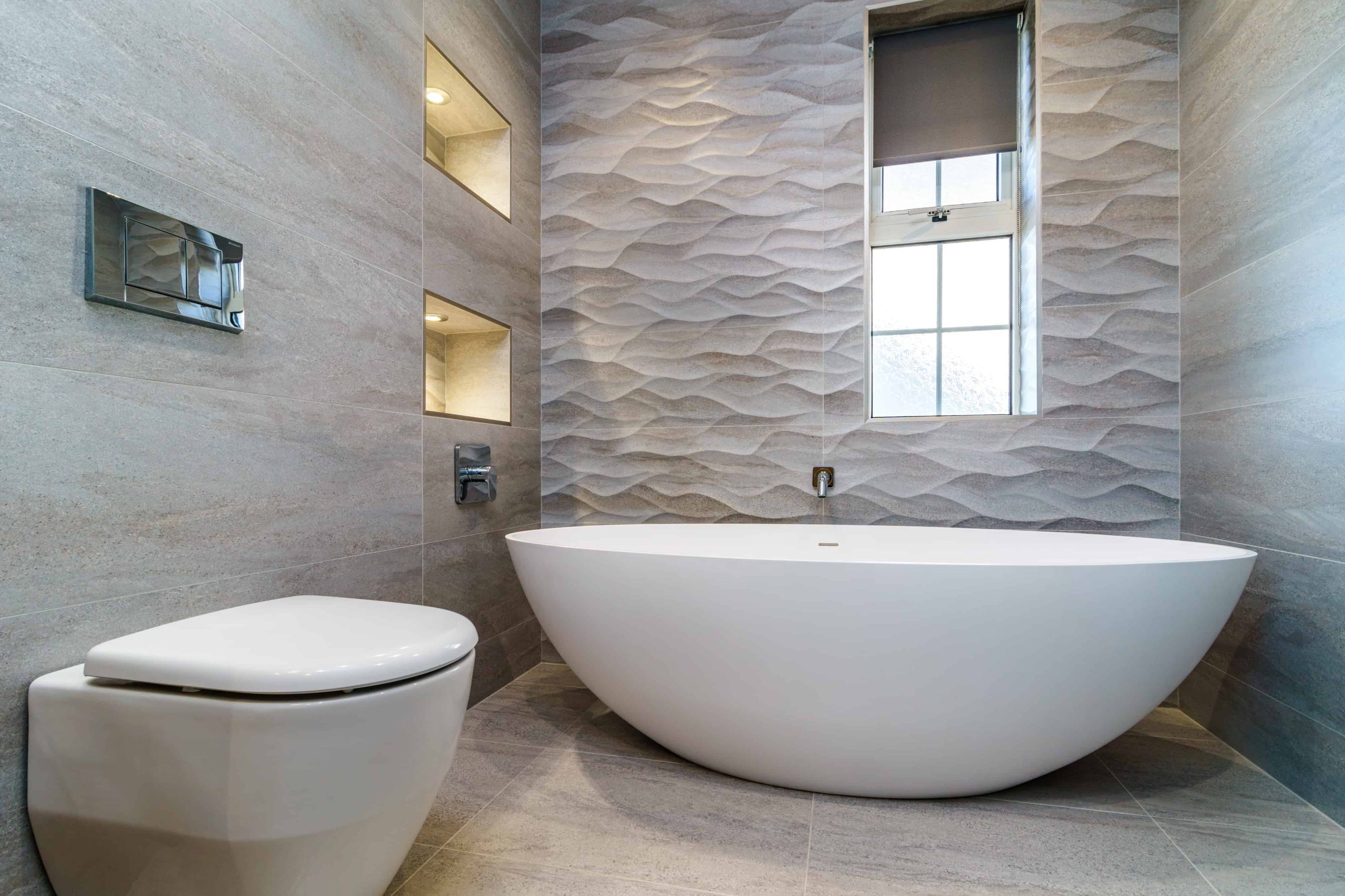
Large bathroom wall tiles
One advantage of using large wall tiles for the bathroom is that they require less grout. As a direct consequence of this, the general effect is becoming increasingly smooth. One further advantage of having fewer injection lines is that they require less maintenance. The room will look both longer and more updated as a result of this change. Large tiles may also be laid out to flow from one room to the next throughout a structure, which is a feature that is very helpful in living areas that have an open floor plan.
Despite this, there are certain drawbacks to consider. When not installed properly, large wall tiles have the major drawback of giving the impression that the space is smaller than it actually is. In this scenario, employing tiles with a bright hue that reflect light, particularly those with a glossy surface, can be helpful if there is a dearth of available space. This spreads the light out throughout the entirety of the location. Use a delicate tint that envelops your room if you’re going to be working with dark hues, as this will prevent your space from appearing congested and frigid.
It is important to keep in mind that big format wall tiles tend to be significantly heavier than small tiles, which can make installation, as well as other tasks like lifting and cutting, more difficult. Because errors may be quite expensive to fix, it is vital to investigate the possibility of hiring a professional Tyler who has experience working with large-scale tiles.
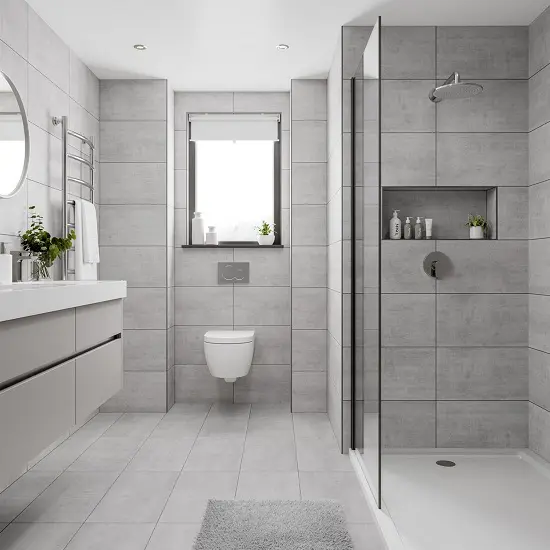
Vinyl wall tiles for bathroom
It might be challenging to decorate a bathroom wall, and fashionable items might not be easily accessible. Due to its low cost and simplicity of installation, vinyl flooring tiles are becoming a more and more popular wall option.
Vinyl flooring may be used to add textures, colors, or accents to the walls. This provides you with many different alternatives and styles, as well as durability. If heat and moisture are taken into consideration, vinyl flooring can also be used in bathrooms and kitchens.
The use of vinyl flooring on the walls has several benefits. First, there are several designs, styles, materials, and textures available for vinyl flooring. There are options like wood, marble, or ornate tiles. The possibilities are practically unlimited, and you may mix them to create a special look that is exclusive to your house.
Additionally, compared to other materials, it is quite inexpensive. Even the inexpensive ceramic tiles can be much more expensive than vinyl flooring. This is especially true if you have the tiles installed by a contractor or other expert. Another advantage of this is.
For DIY lovers, installing vinyl flooring on the wall is a simple and enjoyable undertaking. It is simple and flexible in terms of speed. It may be completed using common home goods and does not call for prior knowledge.
Additionally, cleaning vinyl flooring is a breeze. Simply scrub it with a sponge or washcloth and a mild cleaning agent.
Last but not least, vinyl flooring is incredibly robust and adaptable. Vinyl flooring may endure a very long time and won’t be easily harmed if you take good care of it. It may be utilized on the majority of the walls in your house as long as you take the appropriate safety precautions and choose the right kind of vinyl flooring.
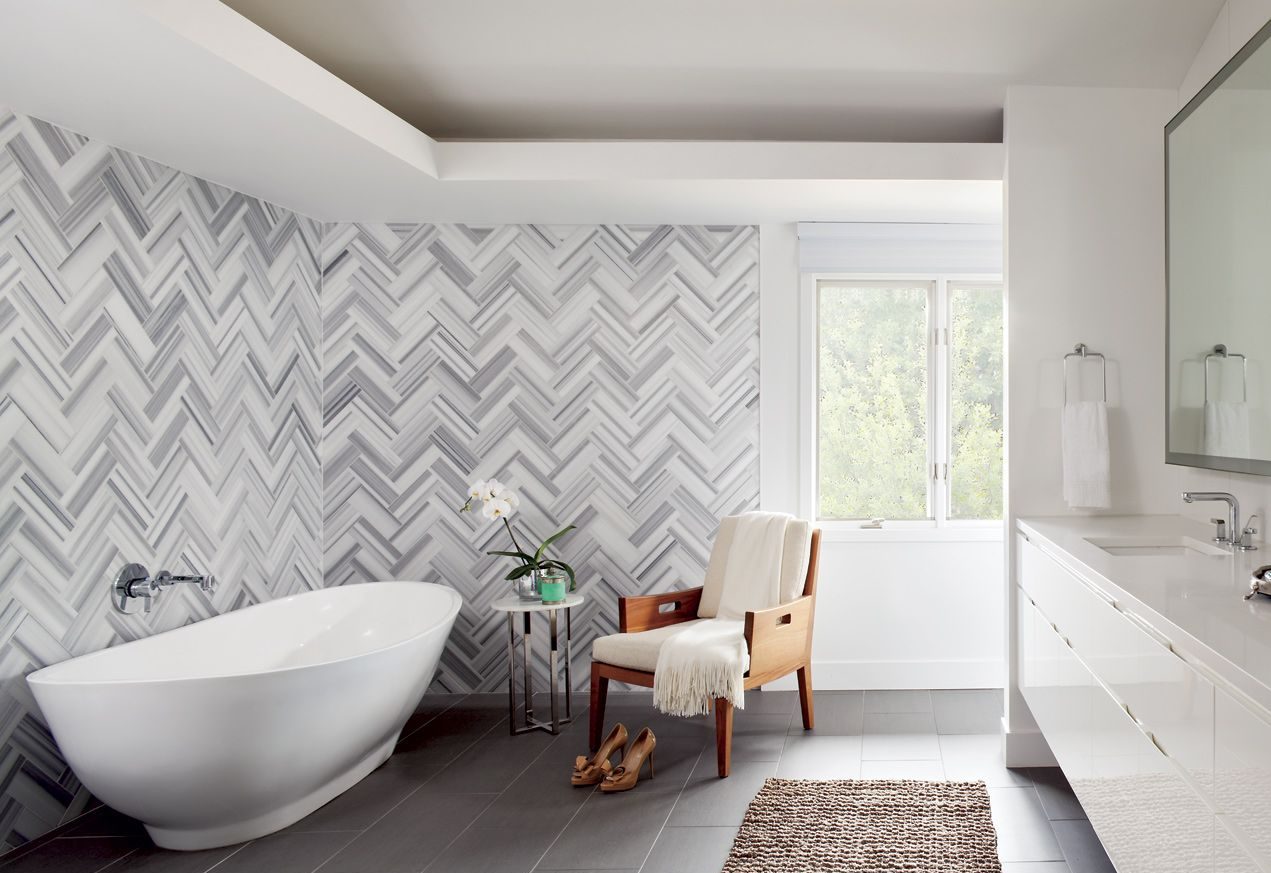
How to clean bathroom wall tiles
Grout is a downside of bathroom wall tiles. Due to its porosity and vivid color, it’s easily damaged by dirt and water. it’s important to understand how to maintain them clean at all times.
Unmaintained grout can become filthy, moldy, and cracked. Water can infiltrate behind walls when grout breaks and falls, causing catastrophic damage.
After bathing or showering, daily cleaning regimens and sprays are needed to avoid filth and damage to tiles. It’s unpleasant now, but it ‘ll save you time afterward.
Get a decent skeg first. When you shower or bathe, squeeze tiles, windows, and doors to eliminate extra water. Spray tiles and glass with a gentle everyday toilet cleanser. See which everyday cleanser you like most. This method keeps showers and bathrooms clean and minimizes washing time. But don’t skip weekly maintenance.
Even if you clean walls and windows daily, you should clean showers and bathtubs weekly (in the worst case, every two weeks). Body oils and soap scum cling despite frequent cleaning.
Clean grout once a week with water and baking soda paste. Rinse with a grout brush or grout toothbrush. Use hydrogen peroxide instead of water if the grout is mottled. If you cleaned the bathroom with vinegar, rinse it well before putting hydrogen peroxide on the grout.
Laziness or neglect can lead grout to get so filthy that regular washes and baking soda paste no longer function. To remove stains, dismantle the bleach.
A whitening pen can help you target your whitening efforts. Bleach pens are good for tiny regions and grouts, limiting tile contact, but not for the full grout. Weekly or bi-weekly cleaning isn’t enough, but it’s surprising since it’s more durable.
If you think you can disinfect and spot-treat grout, start with oxygen-type bleach powder. This bleach is grout-friendly and generally enough to cure stubborn spots. Brush on, wait for 10 to 15 minutes, then rinse.
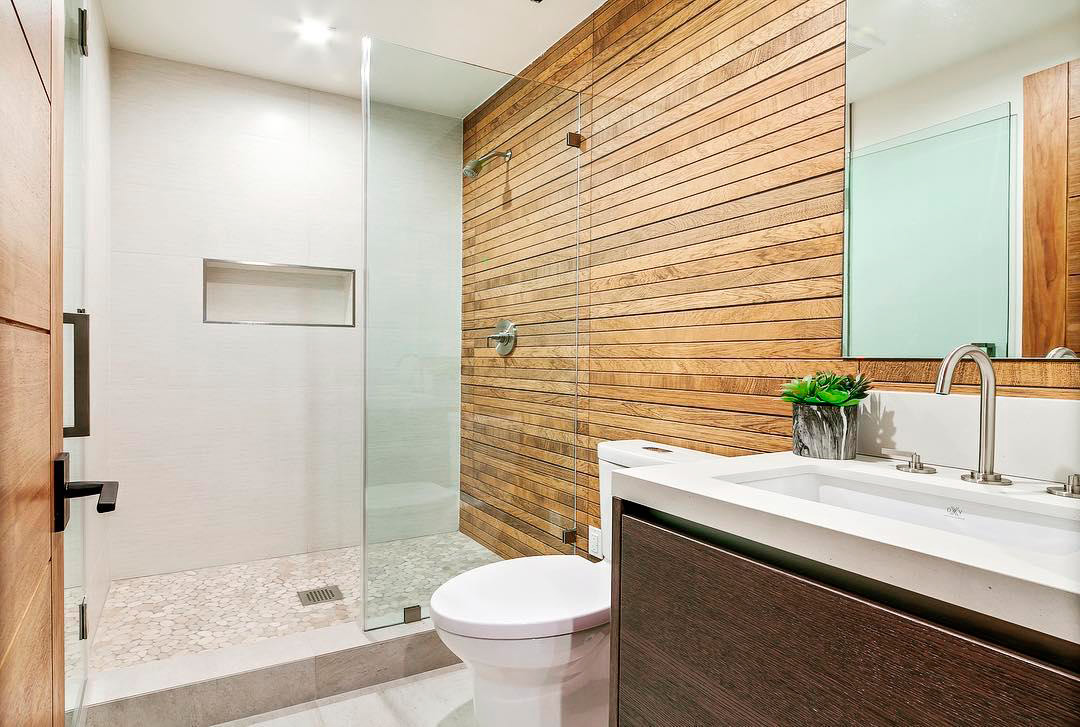
Wall tiles for shower
The focal point of every bathroom renovation project is the shower. One of the main considerations is choosing the ideal tiles for the shower wall. Since it is the first item guests see, it also establishes the room’s decorative tone.
Ceramic or porcelain tiles are among the most often used classic tile kinds for shower walls. This manufactured substance has a clear protective coating that prevents baking. This makes it a hardy tile option that requires little upkeep. However, just because it’s a convenient option doesn’t mean it has to appear conventional. It is offered in a range of shapes, hues, textures, and quality, making it perfect for whatever design or spending plan you may have in mind.
For those who want their bathrooms to have a contemporary and distinctive style, glass has grown to be a popular option. There are several color options. Additionally, the color is mirrored throughout the tile due to the tile’s transparency and ability to reflect light, which makes the shower appear larger. Additionally, it is among the simplest materials to clean. To get rid of the soap scum and restore the shine, all you need is a window cleaner.
Although it is mostly used outside the home, using marble and natural stone in the bathroom is also a popular alternative. It has a nice appearance but isn’t as strong as the other possibilities. Natural stones require sealing in order to protect them from mineral deposits and water-borne dirt. A rough surface will also make cleaning more challenging. The vibrant and opulent tons of white marble make it highly attractive. Make sure to select excellent quality marble if you want to take a shower there. Injury risk increases with decreasing grade since there are more veins and inclusions.

Matching floor and wall tiles in bathroom
Creating a space with a continuous flow may be accomplished by tiling the floor and wall with matching tiles in the bathroom; however, the floor tiles do not necessarily need to match the tiles that are located behind the sink or in the shower.
You will need to make some adjustments to the tiles in order to draw attention to the color and form of the space and provide an appearance that is consistent throughout. Try to find tiles that are a shade lighter than the color that was used for the wall tiles, or tiles that have lines or other forms that are the same color as the wall.
White is the universal color, yet it may appear excessively dingy when used in the bathroom or kitchen. When trying to coordinate with the existing backsplash or wall tiles, stay away from pure whites. Instead, select tiles in hues that go well with the furnishings in either your kitchen or bathroom.
In order to visually link the spaces, the wall and floor tiles should have a comparable style and form. It is impossible to use hexagonal tiles with curved Arabic tiles, however, basic geometric tiles can be used successfully.
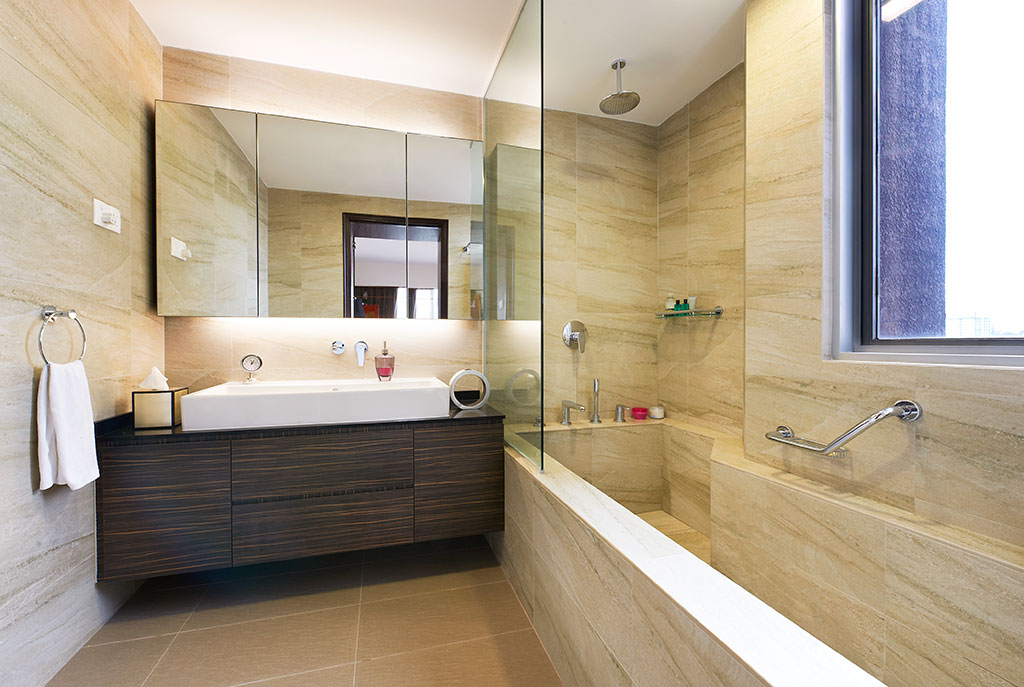
When you have a tight budget, having wall and floor tiles that match might restrict the design alternatives you have. Tiles may be combined at particular points throughout the space. This allows you to prioritize your preferred more expensive tiles for ornamental aspects while using choices that are more economical for the remainder of the room. You may experiment with colorful tiles, mosaic tiles, or simply a few different designs on the backsplash that is located below the sink.

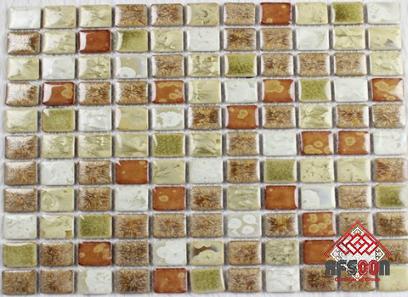

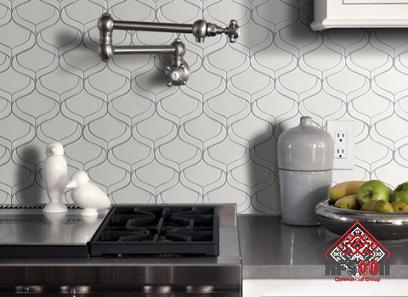
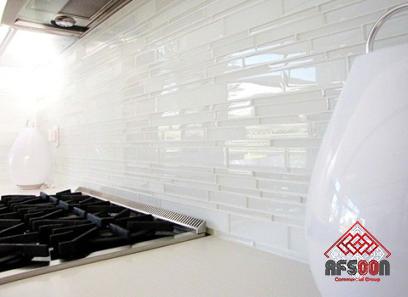
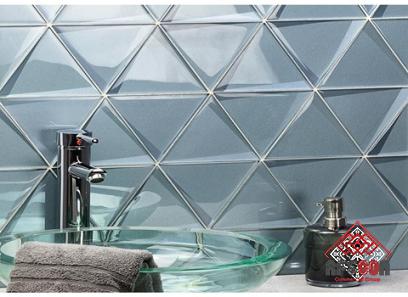
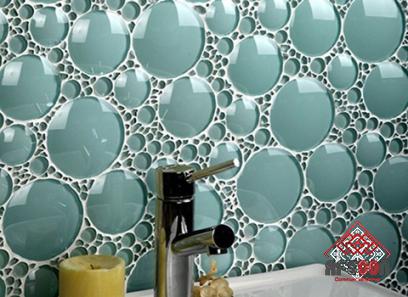

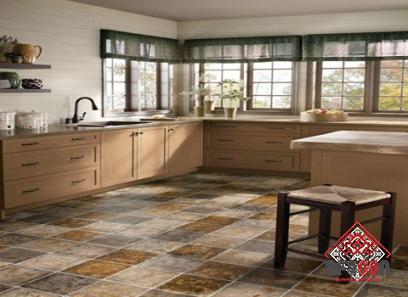
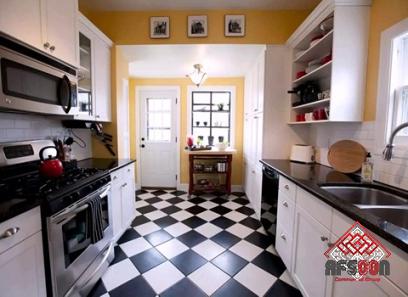
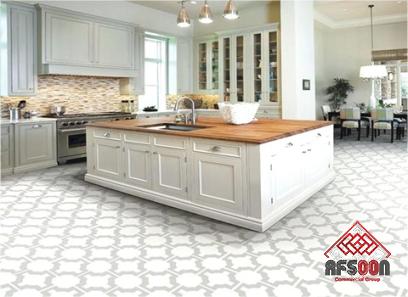
Your comment submitted.